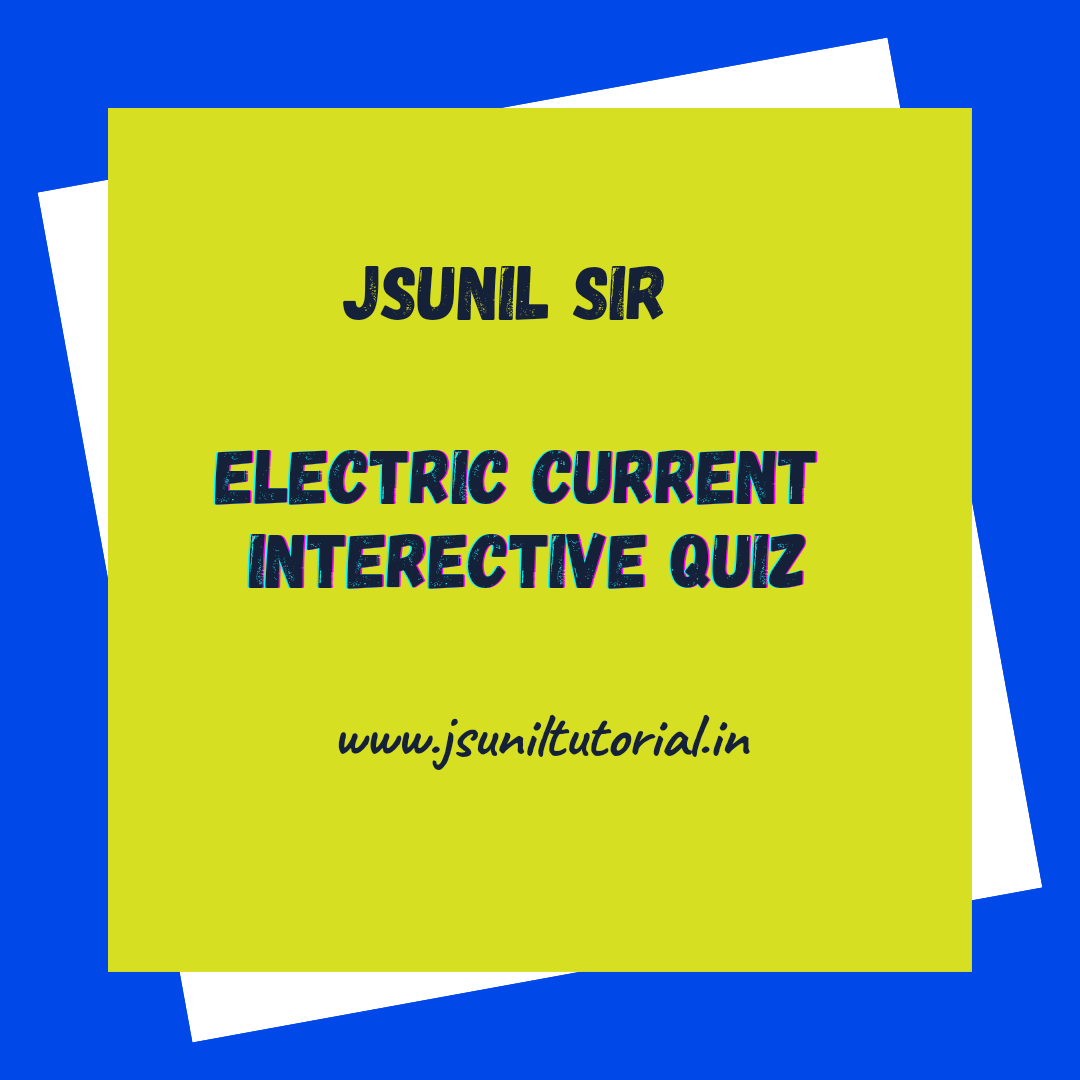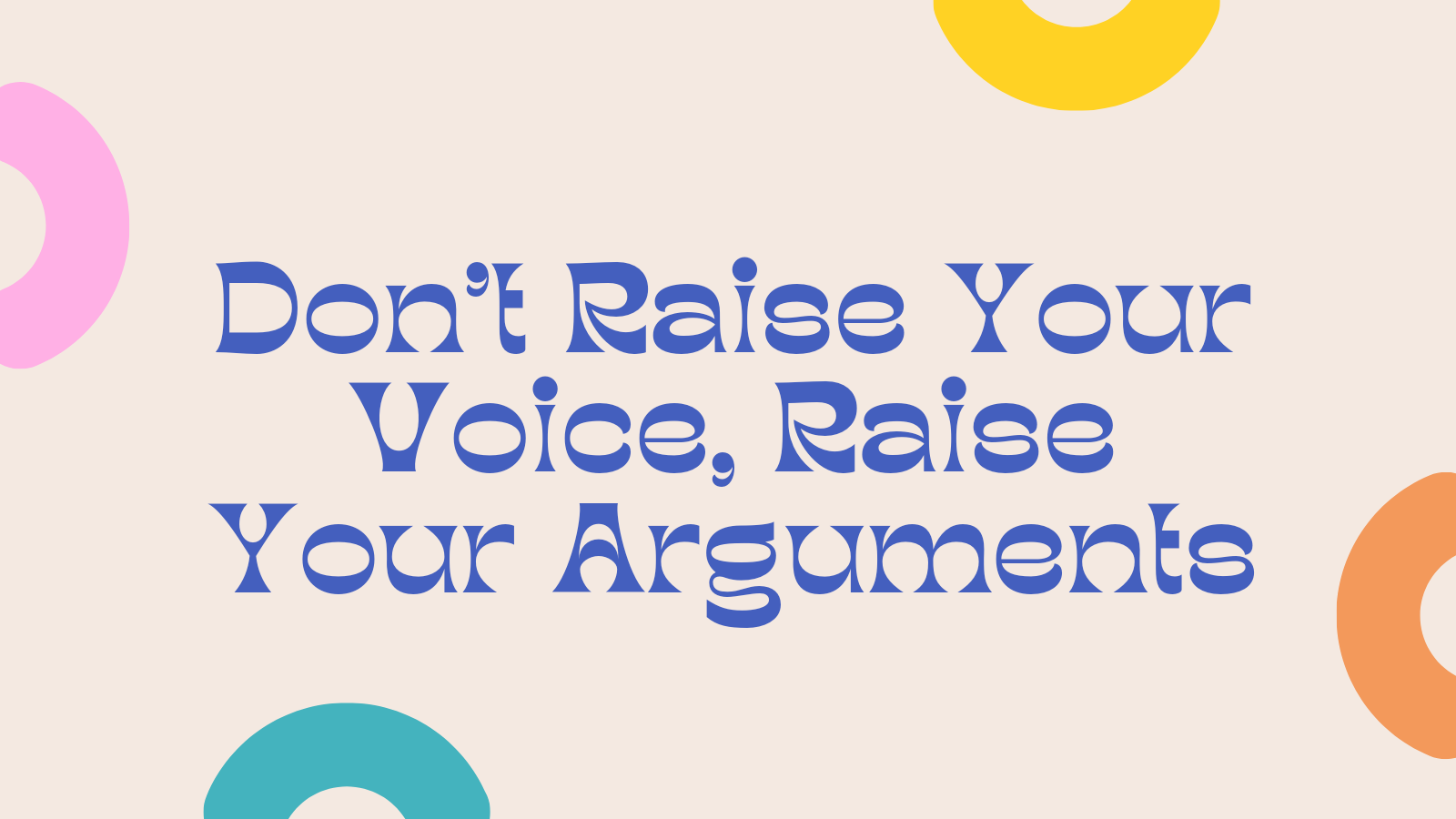Quiz for Chapter Electricity class 10
Hello Bachho! Here's an interactive quiz based on the CBSE Class 10 Physics chapter "Electricity."
Interactive Quiz: Electricity - Class 10 Physics
1. What is the SI unit of electric current?
a) Volt
b) Ohm
c) Ampere
d) Watt
2. Which of the following materials is a good conductor of electricity?
a) Wood
b) Rubber
c) Glass
d) Copper
3. The resistance of a conductor increases with:
a) Increase in temperature
b) Increase in length
c) Increase in cross-sectional area
d) None of the above
4. In a parallel circuit, the potential difference across each component is:
a) Equal
b) Different
c) Zero
d) None of the above
5. What is the relationship between current (I), voltage (V), and resistance (R) according to Ohm's Law?
a) I = V + R
b) I = V/R
c) I = R/V
d) I = V*R
6. What happens to the resistance of a metallic conductor when its temperature is increased?
a) Increases
b) Decreases
c) Remains unchanged
d) Becomes zero
7. Which of the following is an insulating material?
a) Silver
b) Copper
c) Aluminum
d) Plastic
8. The total effective resistance of resistors connected in series is:
a) The sum of individual resistances
b) The product of individual resistances
c) The reciprocal of the sum of reciprocals of individual resistances
d) The reciprocal of the product of individual resistances
9. The resistance of a typical electrical fuse wire is usually:
a) Very high
b) Very low
c) Moderate
d) Constant
10. What is the direction of conventional current flow in an electric circuit?
a) From positive to negative
b) From negative to positive
c) From high potential to low potential
d) Both (a) and (c)
Answers:
1. c) Ampere
2. d) Copper
3. a) Increase in temperature
4. a) Equal
5. b) I = V/R
6. a) Increases
7. d) Plastic
8. c) The reciprocal of the sum of reciprocals of individual resistances
9. b) Very low
10. a) From positive to negative
Interactive Quiz 02: Electricity - Class 10 Physics
1. What is the SI unit of electric current?
a) Ohm
b) Watt
c) Ampere
d) Volt
2. Which material is a good conductor of electricity?
a) Rubber
b) Wood
c) Copper
d) Glass
3. What is the potential difference across a component if a current of 2 Amperes flows through it and it dissipates 10 Watts of power?
a) 5 Volts
b) 2 Volts
c) 10 Volts
d) 20 Volts
4. Ohm's law relates which three quantities?
a) Voltage, Resistance, Power
b) Current, Voltage, Power
c) Resistance, Power, Energy
d) Current, Resistance, Voltage
5. What is the purpose of an electric fuse in a circuit?
a) To regulate current
b) To increase voltage
c) To prevent excessive current
d) To increase resistance
6. A device that stores electrical energy in a circuit is called a:
a) Resistor
b) Capacitor
c) Diode
d) Inductor
7. What is the potential difference between two points if 2 Coulombs of charge have been used to do 20 Joules of work?
a) 2 Volts
b) 10 Volts
c) 20 Volts
d) 40 Volts
8. Which of the following materials is an insulator?
a) Silver
b) Aluminum
c) Iron
d) Plastic
9. In a parallel circuit, the potential difference across each component is:
a) Equal to the total potential difference
b) Zero
c) Different and equal
d) Not affected by the circuit configuration
10. Electric current is the flow of:
a) Voltage
b) Electrons
c) Protons
d) Neutrons
Answers:
1. c) Ampere
2. c) Copper
3. a) 5 Volts
4. d) Current, Resistance, Voltage
5. c) To prevent excessive current
6. b) Capacitor
7. b) 10 Volts
8. d) Plastic
9. c) Different and equal
10. b) Electrons
Interactive Quiz 03: Class 10 Physics - Electricity
1. What is the flow of electric charge called?
a) Voltage
b) Current
c) Resistance
d) Power
2. What is the unit of electric current?
a) Volt
b) Ampere
c) Ohm
d) Watt
3. The potential difference across a resistor is 12 V, and the current passing through it is 3 A. What is the resistance of the resistor?
a) 4 Ω
b) 9 Ω
c) 36 Ω
d) 15 Ω
4. Which law relates the current, voltage, and resistance in a circuit?
a) Coulomb's Law
b) Newton's Law
c) Ohm's Law
d) Kepler's Law
5. A circuit with a switch, bulb, and wires used in houses for lighting is an example of:
a) Series circuit
b) Parallel circuit
c) Complex circuit
d) Open circuit
6. What is the SI unit of electric power?
a) Volt
b) Ampere
c) Watt
d) Ohm
7. If the voltage across a resistor is 10 V and the current passing through it is 2 A, what is the power dissipated by the resistor?
a) 20 W
b) 8 W
c) 12 W
d) 5 W
8. What is the potential difference across a closed switch in an electric circuit?
a) Zero
b) Depends on the current
c) Same as the battery voltage
d) Same as the resistance
9. In a domestic electric circuit, the live wire is usually of which color?
a) Blue
b) Green
c) Yellow
d) Red
10. Which component is used to control the current in an electric circuit?
a) Resistor
b) Diode
c) Capacitor
d) Rheostat
Answers:
1. b) Current
2. b) Ampere
3. b) 9 Ω
4. c) Ohm's Law
5. b) Parallel circuit
6. c) Watt
7. a) 20 W
8. a) Zero
9. d) Red
10. d) Rheostat
Interactive Quiz 04: Class 10 Physics - Electricity (Heating Effects, Power, Commercial Units, Series/Parallel Combination)
1. When electric current passes through a conductor, heat is produced due to:
a) Friction
b) Magnetic field
c) Heating effects of current
d) Conduction
2. The SI unit of electric power is:
a) Ampere
b) Volt
c) Ohm
d) Watt
3. What is the commercial unit of electric energy?
a) Joule
b) Volt
c) Ampere-hour
d) Watt
4. When resistors are connected in series, their total resistance:
a) Increases
b) Decreases
c) Remains the same
d) Becomes zero
5. In a parallel combination of resistors, the total resistance is:
a) Equal to the resistance of the smallest resistor
b) Equal to the sum of the resistances
c) Equal to the resistance of the largest resistor
d) Equal to the average of the resistances
6. If a current of 2 A flows through a resistor, and the potential difference across it is 10 V, then the power dissipated is:
a) 20 W
b) 5 W
c) 8 W
d) 15 W
7. The energy consumed by a 60 W bulb in 2 hours is:
a) 30 Wh
b) 120 Wh
c) 15 Wh
d) 2.5 Wh
8. When current flows through a resistor, heat is produced due to the conversion of electrical energy into:
a) Mechanical energy
b) Light energy
c) Kinetic energy
d) Heat energy
9. The power of an electrical appliance is 400 W. If it is used for 5 hours, calculate the energy consumed in kilowatt-hours.
a) 0.02 kWh
b) 2 kWh
c) 0.002 kWh
d) 20 kWh
10. When resistors are connected in parallel, their total resistance is calculated using the formula:
a) R_total = R1 + R2
b) R_total = 1/R1 + 1/R2
c) R_total= (R1xR2)/{(R1 + R2)}
d) R_total = 1/R1 - 1/R2
Answers:
1. c) Heating effects of current
2. d) Watt
3. c) Ampere-hour
4. a) Increases
5. c) Equal to the resistance of the smallest resistor
6. a) 20 W
7. b) 120 Wh
8. d) Heat energy
9. b) 2 kWh
10. b)





Comments
Post a Comment